Who needs summer blockbusters when there are so many gripping new and recent books related to the world of cinema? This column includes books highlighting creative heavyweights with new projects on the way, like Paul Thomas Anderson and Roman Polanski, and titans who have left us, like Abbas Kiarostami and Elizabeth Taylor. Other releases swim in the bloody waters of giallo, examine African American westerns, and offer reflections on horror cinema from queer and trans writers.
One thing is certain––unlike Guardians of the Galaxy Volume 3, Fast X, and The Flash––everything here is worth your time and money.
The Cinema of Paul Thomas Anderson: American Apocrypha by Ethan Warren (Wallflower Press)
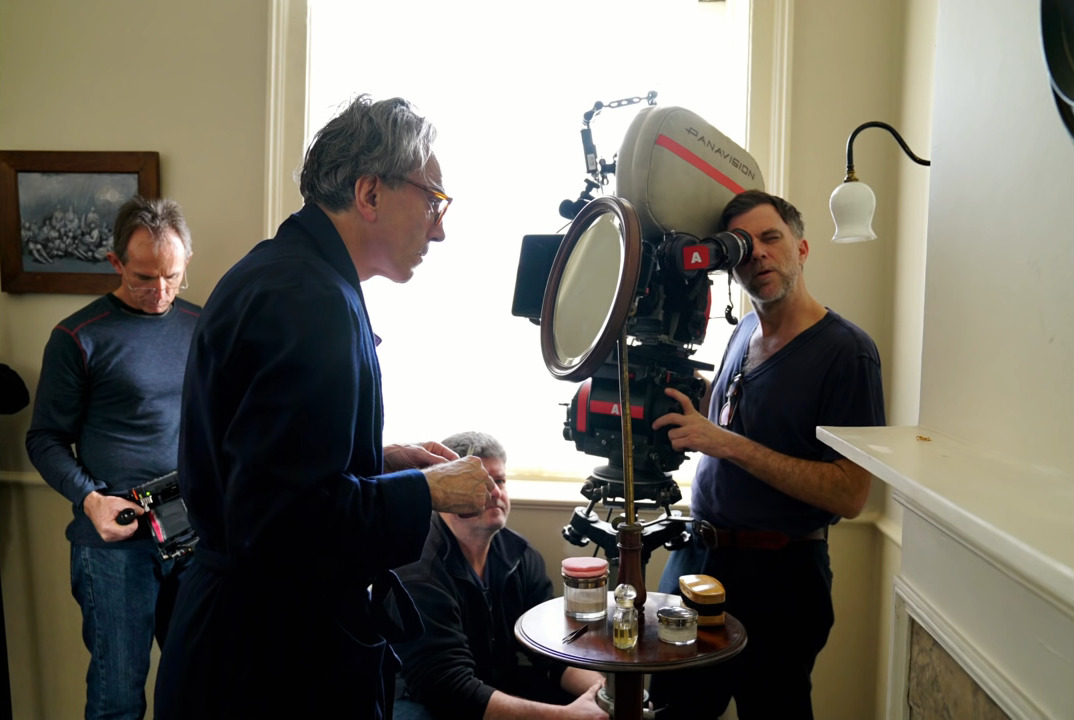
While there have been fine books exploring the work of Paul Thomas Anderson (such as Adam Nayman’s Paul Thomas Anderson: Masterworks) Ethan Warren’s American Apocrypha stands as an important accounting of PTA’s energy and influence. Timing is one element. The book’s publication in 2023 means it includes Licorice Pizza, along with every Anderson music video to date. Indeed, while the entirety of the text is smart and compelling, it is the analysis of Pizza that most resonates. “There may be tangible movie cameras in Anderson’s ninth film, wielded by young filmmakers reminiscent of the director’s own onetime makeshift crews, but the more evocative ones may be the invisible cameras that Rex Blau summons as he prepares to direct a late-night motorcycle jump,” Warren writes. “All the world’s a soundstage for the born-and-bred auteur, and all the men and women merely extras.”
It Came From the Closet: Queer Reflections on Horror edited by Joe Vallese (The Feminist Press)
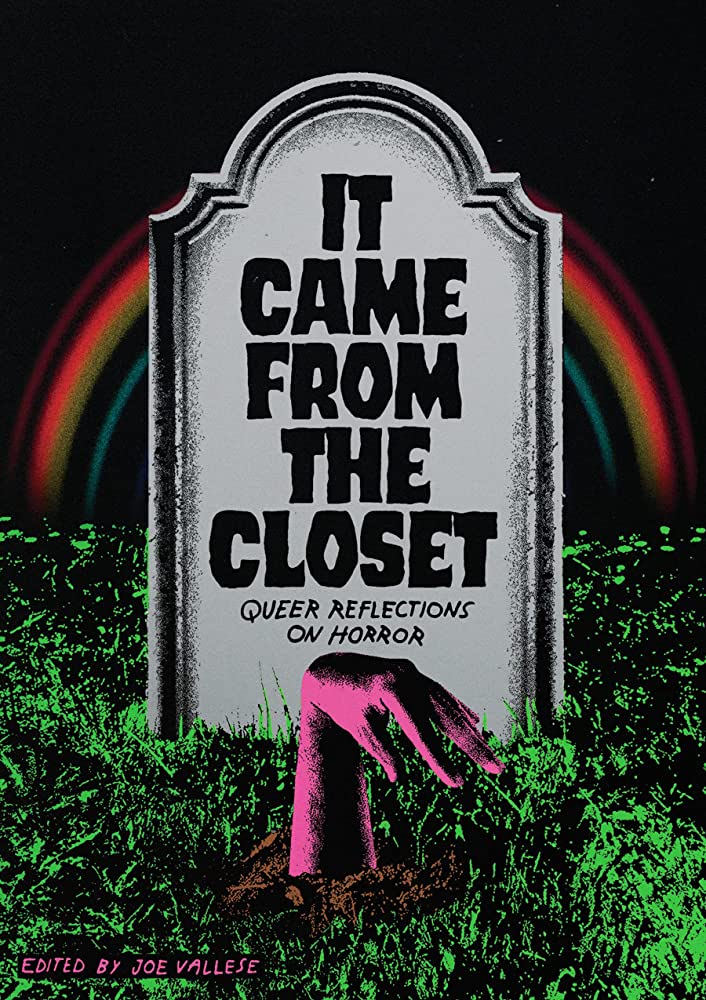
The contemporary queer and trans writers who have contributed to It Came From the Closet are disarmingly perceptive. Films like Halloween and The Blair Witch Project are analyzed with wit and intelligence, but just as involving as the analysis is the personality each writer brings to the table. Consider Addie Tsai’s “Twin/Skin,” a thoughtful consideration of Cronenberg’s Dead Ringers. “To live in the world as a twin––a doubled body, a mirrored self––is to also live with others’ misperception that you’re somehow interchangeable,” Tsai writes, documenting a deeply personal connection with the film. This essay is, in fact, almost a short story, and one with an ending that packs a mighty punch. It is one highlight from a collection of standouts.
Bloodstained Narratives: The Giallo Film in Italy and Abroad edited by Matthew Edwards and Fernando Gabriel Pagnoni Berns (University Press of Mississippi)
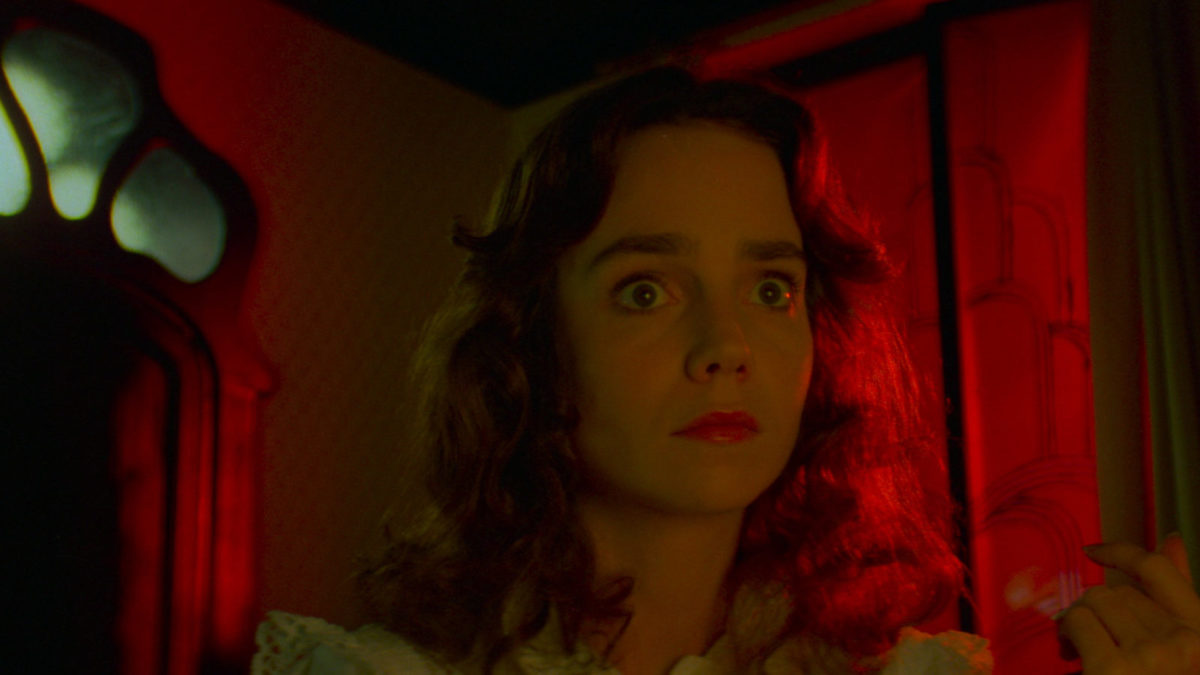
It is appropriate that Bloodstained Narratives, an appreciation of the giallo––which means “yellow” in Italian––film cycle, spends significant time on the films of Dario Argento and Mario Bava. However, the essays included here also study the work of directors such as Jess Franco and Romano Scavolini, and stars like Barbara Bouchet. The sharp, passionate writing in Bloodstained Narratives highlights the genre’s connections to current cinema and shows the debt many writer-directors owe to the blood-drenched masterpieces of Italy. “The giallo film, indeed, has been with us since its (supposedly) demise through the 1980s,” explain Edwards and Pagnoni Berns. “It has changed clothes, but remained a faithful companion to weird cinema. It has been transformed into other genres, into other film cycles. But the heart remains ‘yellow.’”
Return of the Jedi: Unauthorized Timeline 1976-2023 by Justin Berger and Jamie Benning (Anchorhead Publishing)
One of my earliest filmgoing memories is seeing Return of the Jedi during its opening weekend in 1983. (This gives you some idea of my advancing age.) Therefore, the third film of the original Star Wars trilogy has always had a special place in my heart. I am, then, the perfect audience for Return of the Jedi: Unauthorized Timeline 1976-2023, a wildly entertaining journey through every element of the film’s pre-production, production, release, and legacy. Authors Justin Berger (who authored an Empire Strikes Back timeline book in 2021) and Jamie Benning (of the “Filmumentaries” podcast) understand that for fans, the minutiae is a joy to behold. And there is *plenty* of minutiae in Timeline. Examples: “February 11th, 1982: Salacious Crumb chewing on C-3PO’s eye is filmed” and “November 22nd, 1982: ‘Black Friday.’ George Lucas throws out nearly 100 FX shots and four months of VFX work. [VFX Supervisor] Ken Ralston goes out and gets drunk with most of the FX crew.”
Black Rodeo: A History of the African American Western by Mia Mask (University of Illinois Press)
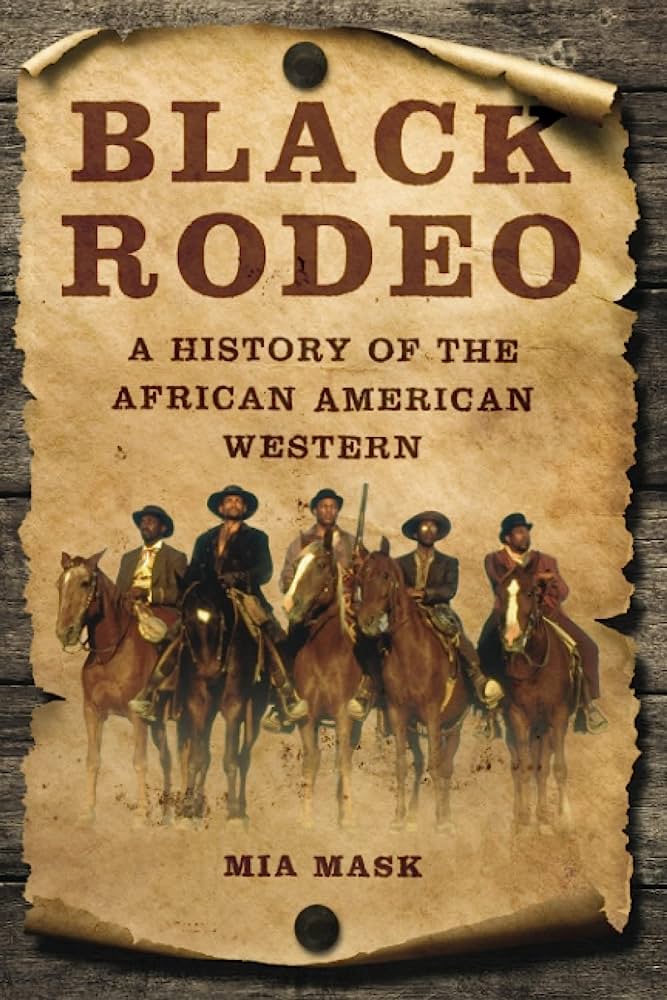
Netflix’s The Harder They Fall is the most recent African American Western, but as Black Rodeo explains, the first of these dates back to the “early rodeo actualities” of the 1920s. Author Mia Mask’s book, she writes, “seeks to pose questions regarding Black masculinity on the frontier.” It is a unique take on a key genre of cinema. One of the most profound sections examines John Singleton’s underrated Rosewood, a film Mask believes “seeks to make cinematic reparations by relaying the story of the Rosewood massacre and by offering up a Western-style hero for public consumption.”
Abbas Kiarostami: Interviews edited by Monika Raesch (University Press of Mississippi)

The world of cinema is not the same without Abbas Kiarostami, a filmmaker whose later work (Certified Copy, Like Someone in Love) was every bit as provocative as classics like Close-Up and Taste of Cherry. As evident in Abbas Kiarostami: Interviews, which includes conversations from 1991 to 2016, he was also eminently quotable. Consider this comment, from a 2011 chat regarding Certified Copy, in which he explains that the main male character was originally earmarked for Robert De Niro: “I sent the script to Martin Scorsese, asking him to please forward it to De Niro. First, Scorsese read it himself; then he sent a brief note to me. He wrote, ‘At first, I laughed a whole lot, and by the end, I was very sad, as I saw the women of my own life in front of my inner eye as I was reading [your script].’ One needs to know that Scorsese did not have a shortage of women.”
National Treasure Hunt: One Step Short of Crazy by Aubrey R. Paris and Emily M. Black (Tucker DS Press)
While the Disney+ series continuation of the National Treasure films aired to little fanfare and was recently canceled, the affection many moviegoers have for the Nicolas Cage-starrers has not diminished one bit. This audience will have a blast reading One Step Short of Crazy, a pleasurable, obsessively detailed (in the best sense) look at the franchise. Paris and Black, both holders of PhDs, actually began their exploration with a podcast. This book followed, and along with it much to ponder, including background on the scripts and production of the films, the series’ connections to real (and imagined) history, and even a guide to locations and landmarks. The authors demonstrate why, in the eyes of fans, “the franchise remains so relevant and rewatchable to this day.”
Tangents: From the Making of Shepard & Dark edited and with photographs by Treva Wurmfeld (Oscilloscope)
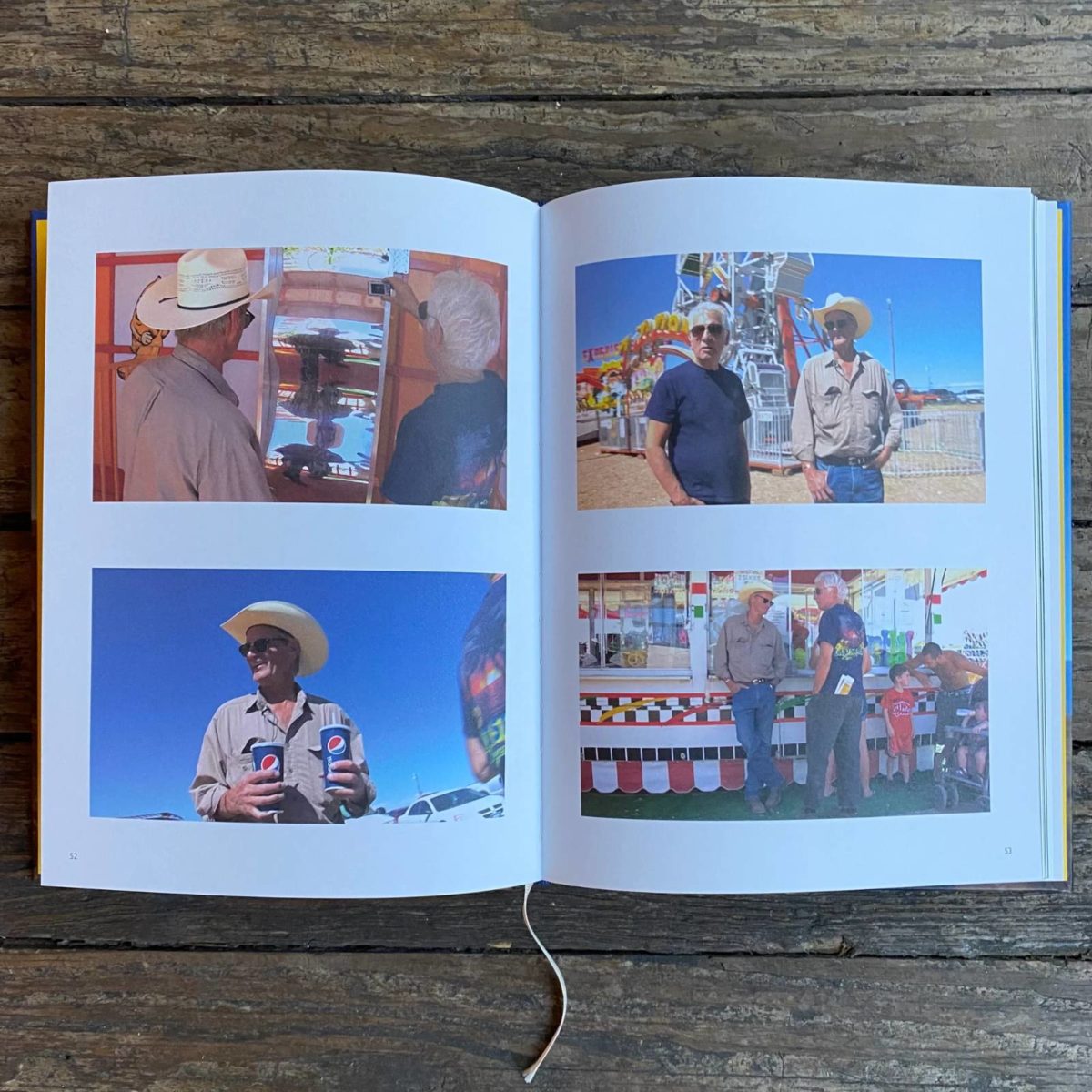
Oscilloscope’s lovely tribute to the late, deeply missed Sam Shepard is a photo-packed look at his friendship with writer and best friend Johnny Dark. The book also comes with a Blu-ray copy of the documentary Shepard & Dark, which was originally released in 2023. The film’s director, Treva Wurmfeld, shares what she calls “interview dialogues” in this wonderful companion to the documentary.
Roman Polanski: Behind the Scenes of His Classic Early Films by Jordan R. Young (Applause)
The life and career of Roman Polanski have been documented in exhausting detail over the last several decades, but Jordan Young finds new ground to cover by turning his attention to a crucial era in Polanski’s development. Specifically, Young outlines the production and release of three films: Repulsion, Cul-de-Sac, and Dance of the Vampires (a.k.a., The Fearless Vampire Killers). The author devotes the most space to the deliciously fucked up Cul-de-Sac, which he believes is “the quintessential cult film.”
Elizabeth Taylor: Icon of American Empire by Gloria Shin (Lexington Books)
Yes, there is more to say about Elizabeth Taylor, and Gloria Shin proves it with her unique look at the late icon as the model of postcolonial whiteness. Of particular interest is Shin’s focus on Taylor’s AIDS activism, and how Taylor served “as an effective agent of positive social change.” Writes Shin: “As a woman who realizes her sexuality in the very socially and political conservative early 1950s and who becomes a singular icon of liberalized feminine sexuality in the early 1960s, notably as cinema’s most famous and seductive Cleopatra, Elizabeth Taylor’s public and rampant vilification for her erotic exploits arguably makes her an appropriate figure to stand up for gay men whose sexual practices are represented as virulent and deadly in the 1980s.”
Killin’ Generals: The Making of The Dirty Dozen, the Most Iconic WWII Movie of All Time by Dwayne Epstein (Citadel Press)
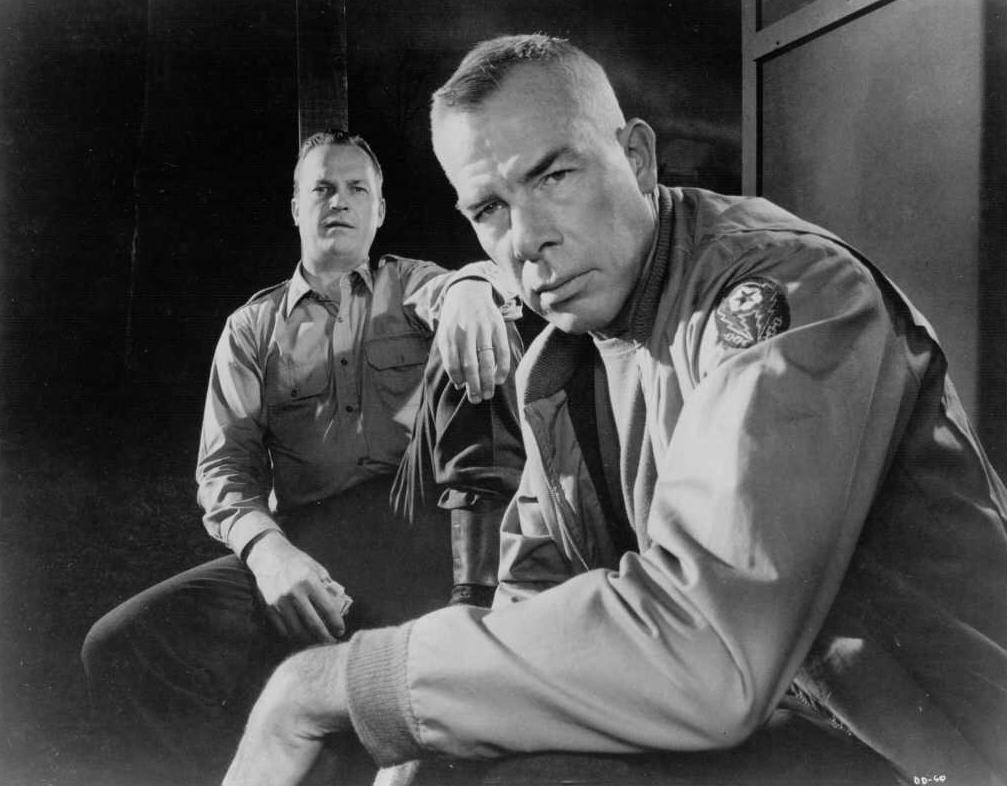
June is, of course, the month for Father’s Day, so shouldn’t we spend some time with a certified Dad Favorite? There is a good chance your dad is watching The Dirty Dozen right now, and if so, Killin’ Generals will be a must-read. Author Epstein explains why the star-filed World War II actioner was “one of the most hotly debated films” of the 1960s. Especially interesting for cinephiles are the descriptions of conflicted co-star John Cassavetes from producer Ken Hyman: “Cassavetes didn’t want to do the movie. He wanted to direct a movie. I almost had a fistfight with him to get him to do it. I’d said, ‘Johnny, for god’s sake, this is a wonderful role. Do the movie! Put your money in your pocket, then make your movie.” Cassavetes acquiesced, and gave a fine performance in one of his most widely seen roles.
Unscripted: The Epic Battle for a Media Empire and the Redstone Family Legacy by James B. Stewart and Rachel Abrams (Penguin Press)
The best way to describe Unscripted, a non-fiction show-biz soap opera about the shockingly horny Sumner Redstone, his family, the Viacom board, and the women vying for his fortune? Try real-life Succession, with more sex. Admittedly, there is not much consideration here of Redstone’s contributions to the entertainment world. Rather, Unscripted is all about Redstone’s personal foibles, and the effect of these on the companies he built and the people in his orbit. It is a tale of glamorous villainesses, vexed staff members, worried family, and––my personal favorite––a dashing former soap opera star hawking his memoirs. It is a wild tale, and catnip for anyone who enjoys digging into tales of tabloid headline-making Hollywood drama. Just prepare to feel a bit icky afterward.
New music books
Deliver Me from Nowhere: The Making of Bruce Springsteen’s Nebraska by Warren Zanes (Crown)
In a career of several masterpieces, it is safe to say Bruce Springsteen has only one record like Nebraska. It is also safe to say that it is his greatest achievement, and an album that unmistakably laid the groundwork for later heavyweights like Silver Jews, The National, and Bon Iver. Nebraska crackles (literally, because it was recorded on a home cassette recorder) and intensity, and bristles with unease. Zanes, a member of the late garage rock band the Del Fuegos, dissects the making of the album in detail, and uncovers key influences. One biggie? Terrence Malick’s Badlands. “Something about that story of a teenage serial murderer reminded Springsteen of his own life,” Zanes writes. Springsteen recalls that Badlands “didn’t make a big splash. And that connected up with the kind of place I was in. I was drawing from culturally quiet places and sources.” Nebraska deserved a book this hauntingly beautiful.
The Fascist Groove Thing: A History of Thatcher’s Britain in 21 Mixtapes by Hugh Hodges (PM Press)
Here’s a brilliant concept: a collection of 21 mixtapes centered on the horrors of Margaret Thatcher’s Britain, along with analysis of the songs, the performers, and the meaning of it all. Hugh Hodges, then, has created the ultimate Spotify playlist for some of the grimmest eras of 1970s and 80s British life. “You may not remember all the bands on this mixtape,” Hodges writes after presenting “MIXTAPE 1,” which features, among others, the Sex Pistols, David Bowie, Madness, the Specials, the Smiths, Billy Bragg, and the Style Council. “You may have never heard of some of them. That’s okay. The point is that there were so many songs written about Thatcher in the 1980s that you can practically trace the outline of her career as prime minister just from their titles.”
Leon Russell: The Master of Space and Time’s Journey Through Rock & Roll History by Bill Janovitz (Hachette)
The legendary Leon Russell sadly passed away in 2016, but in the years before his death he found a new level of appreciation. As Bill Janovitz shares in his stellar biography of Russell, Elton John played a major part in this; Russell was one of John’s inspirations and the latter made it a mission to bring Russell back to cultural prominence. The Elton connection is a unique twist in a book full of them. Another involves the late documentarian Les Blank, who famously directed a film about Russell, A Poem Is a Naked Person, in the early 1970s. It was not shown until after Blank’s death, when Russell finally agreed to its release. “It not only introduced the general public to—and reminded his fans of—Leon in his prime,” writes, Janovitz, “but it reconnected old Leon to his younger self, from ‘hippo’ back to ‘hippie.’ He was far enough away from that young skinny live wire that he must have seemed a stranger to himself.” Janovitz, a founding member of Buffalo Tom, has crafted an extraordinary bio, one that captures the genius and sadness of an icon.
The latest in D&D, DC, Star Wars, LEGO, and the Wizarding World, Star Wars
Dungeons & Dragons: Honor Among Thieves was an enjoyable spring film, and two prequel novels — The Road to Neverwinter by Jaleigh Johnson and Honor Among Thieves: The Druid’s Call by E.K. Johnston (both Random House Worlds) add some complexity to the characters played by Chris Pine and Sophia Lillis, respectively. In addition, the design and history of Pine’s Edgin Darvis and Lillis’ Doric are presented in detailed fashion in The Art and Making of Dungeons and Dragons: Honor Among Thieves (Ten Speed Press). And the D&D faithful should also be aware of Dungeons and Dragons The Legend of Drizzt Visual Dictionary. Michael Witwer’s text colorfully outlines the character who was first introduced in R.A. Salvatore’s book series, along with the world he inhabits.
Meanwhile, The DC Book of Pride by Jadzia Axelrod (DK) is a timely guide to the LGBTQIA+ characters of the DC Universe. Many of these were new to me––I knew not of Bluebird and Dreamer––but all are given a backstory, along with the date and identity of their first appearance.
While the aforementioned Return of the Jedi: Unauthorized Timeline 1976-2023 looks at the dates and details for the history of one film, Star Wars Timelines by Kristin Baver, Jason Fry, Cole Horton, Amy Richau, and Clayton Sandell (DK) is a run through all of the series’ events. The book has already made some headlines for a few tidbits of info related to the chronology of The Phantom Menace and Boba Fett’s life. Timelines starts with the founding of the Jedi Order and ends on “Rey … Rey Skywalker,” while including events from last year’s Kenobi. This is a truly exhaustive text, one that should be the final word (for now, anyway) on the “whens” of the world of Star Wars.
Plus, two new novels to watch for are Star Wars: Jedi: Battle Scars by Sam Maggs (Random House Worlds), which expands the story of Jedi: Fallen Order and Survivor’s Cal Kestis, and Star Wars: The High Republic: Cataclysm by Lydia Kang (Random House Worlds) continues the events of The High Republic: Convergence with a wartime thriller. Speaking of Star Wars novels, back in 2021 we highlighted the “Star Wars Essential Legends Collection” from Del Rey, which featured rereleased novels from the pre-sequel trilogy days. The most notable of these was Timothy Zahn’s Heir to the Empire, the 1991 release taking place after Return of the Jedi. My son and I just finished reading the second and third books in what was dubbed “The Thrawn Trilogy,” 1992’s Dark Force Rising and 1993’s The Last Command. The trilogy remains a high point of the Star Wars “Expanded Universe,” and Rising and Command are just as strong as Heir to the Empire.
Chronicle Books’ LEGO Heroes by Graham E. Hancock is a genuinely inspiring window into the creativity and passion of LEGO builders, young and old. The book highlights unique projects like bricks with braille studs and a brilliantly conceived LEGO wheelchair ramp.
And lastly, the creation of the blockbuster Hogwarts Legacy video game is presented in The Art and Making of Hogwarts Legacy: Exploring the Unwritten Wizarding World (Insight Editions). It was clearly quite an undertaking to develop, for example, more than twenty shops in Hogsmeade and the 1800s-era grounds of Hogwarts. The scale of the work was astounding, but the game sales probably mean it was all worth it.
